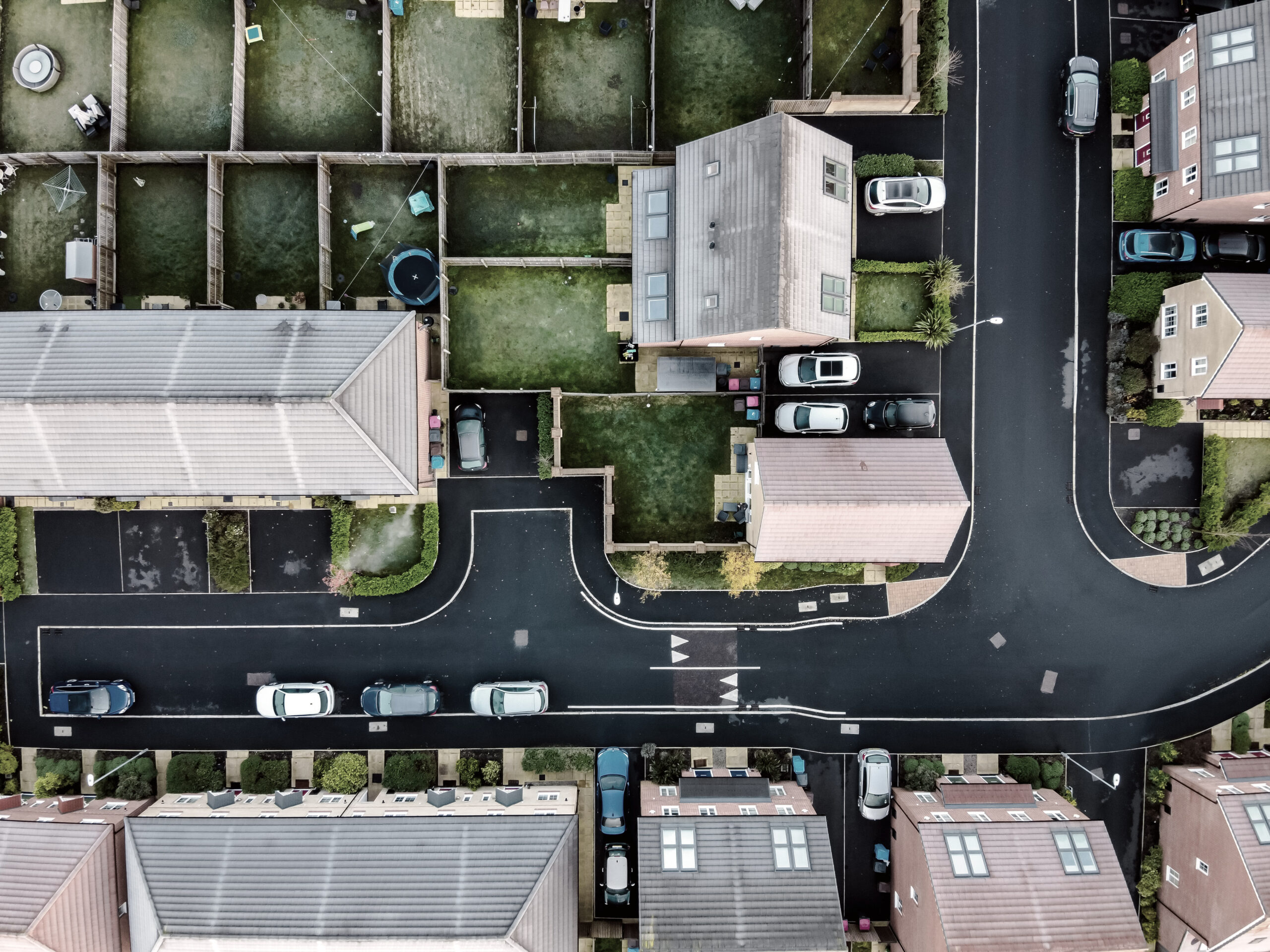How to claim back your business investments with AIA

- Deduct up to £1 million on business equipment investments / purchases from your taxable profits each tax year
- Most assets purchased for business purposes qualify for AIA
Are you aware of Annual Investment Allowance (AIA)? It’s a government funding scheme that allows you to deduct the full value of an item that qualifies from your profits before tax. The AIA amount has temporarily increased to £1 million until March 2023.
Plant and machinery represents approximately 17% of the UK’s overall investment spending
Amid the challenges facing businesses this year, including global supply chain issues and the rising cost of raw materials, take-up of tax reliefs for the purchase of qualifying assets has been perhaps lower than the government expected. So, to encourage businesses to invest further, chancellor Rishi Sunak announced in his Budget, the extension of the £1 million Annual Investment Allowance (AIA) to March 2023. It had been scheduled to end in December 2021 but is now in alignment with the end date of super-deduction tax.
Capatlising on this initiative can provide an instant cash-benefit injection in the same year of purchase, as well as increasing productivity, support investments in sustainability as businesses aim for net-zero and investing in assets to reduce reliance on manual labour.
What Is the Annual Investment Allowance (AIA)?
The Annual Investment Allowance (AIA) is a form of tax relief for British businesses that is designated for the purchase of business equipment. The AIA allows a business to deduct the total amount of qualifying capital expenditure up to a certain limit from its taxable profits in a given tax year. This allowance is earmarked for the purchase of business equipment, primarily tools and machinery.
Understanding Annual Investment Allowance (AIA)
The Annual Investment Allowance (AIA) was introduced in 2008 to encourage businesses to invest in plant and machinery for the purpose of stimulating economic growth. One of the main incentives of the allowance is that it facilitates faster tax relief since the full expenditure may be claimed in the year of purchase, rather than over a number of years.
How can I claim?
Claim on Company Tax Return including a separate capital allowances calculation or claim via your:
- Self-Assessment tax return if you’re a sole trader
- Partnership tax return if you’re a partner
You must claim in the accounting period you bought the item if you want to claim the full value. If you do not want to claim the full value, you can claim part of it using writing down allowances. You can do this at any time as long as you still own the item.
You must state:
- The date you bought, which is when you signed the contract, if payment is due within less than 4 months or when payment’s due, if it’s due more than 4 months later
- If you buy something under a hire purchase contract you can claim for the payments you have not made yet when you start using the item. You cannot claim on the interest payments.
For more information go to –
https://www.gov.uk/capital-allowances/annual-investment-allowance
https://www.gov.uk/capital-allowances/how-to-claim
What can you claim for?
Plant and machinery including:
- Items that you keep to use in your business, including cars
- Costs of demolishing plant and machinery
- Parts of a building considered integral, known as ‘integral features’
- Some fixtures, for example fitted kitchens or bathroom suites
- Alterations to a building to install other plant and machinery – this does not include repairs
- Claim repairs as business expenses if you’re a sole trader or partner – deduct from your profits as a business cost if you’re a limited company.
Integral features such as:
- Lifts, escalators and moving walkways
- Space and water heating systems
- Air-conditioning and air-cooling systems
- Hot and cold-water systems (but not toilet and kitchen facilities)
- Electrical systems, including lighting systems
- External solar shading
- Fixtures, for example: fitted kitchens, bathroom suites, fire alarm and CCTV systems
You can claim if you rent or own the building, but only the person who bought the item can claim.
You cannot claim on:
- Things you lease – you must own them
- Buildings, including doors, gates, shutters, mains water and gas systems
- Land and structures, for example bridges, roads, docks
- Items used only for business entertainment, for example a yacht or karaoke machine
Subscribe to gain instant
access to this article
Create a free LDS account to continue reading this article
and gain full access to Boost.
Transforming development finance
for housebuilders, lenders and brokers

